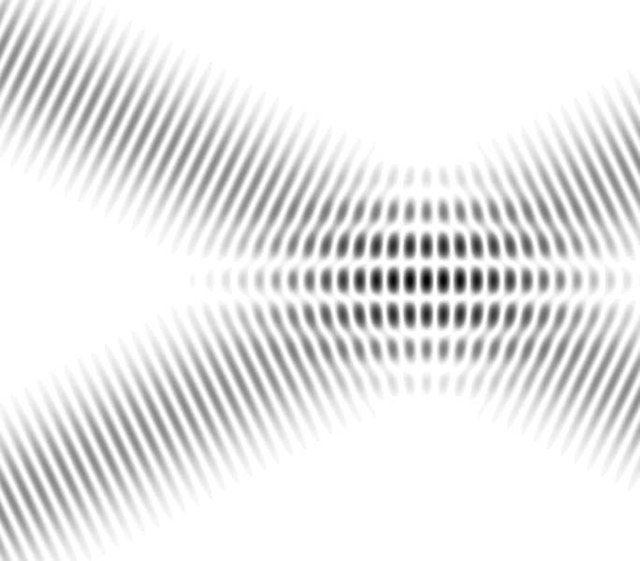Active noise control (ANC), also known as noise cancellation (NC), or active noise reduction (ANR), is a method for reducing unwanted sound by the addition of a second sound specifically designed to cancel the first. The concept was first developed in the late 1930s; later developmental work that began in the 1950s eventually resulted in commercial airline headsets with the technology becoming available in the late 1980s. The technology is also used in road vehicles, mobile telephones, earbuds, and headphones.
Electronic noise management test in Vienna, 1973
In physics, interference is a phenomenon in which two coherent waves are combined by adding their intensities or displacements with due consideration for their phase difference. The resultant wave may have greater intensity or lower amplitude if the two waves are in phase or out of phase, respectively.
Interference effects can be observed with all types of waves, for example, light, radio, acoustic, surface water waves, gravity waves, or matter waves as well as in loudspeakers as electrical waves.
Photograph of 1.5cm x 1cm region of soap film under white light. Varying film thickness and viewing geometry determine which colours undergo constructive or destructive interference. Small bubbles significantly affect surrounding film thickness.
Interference fringes in overlapping plane waves
Smartphone with iridescent back panel
An oil spill





